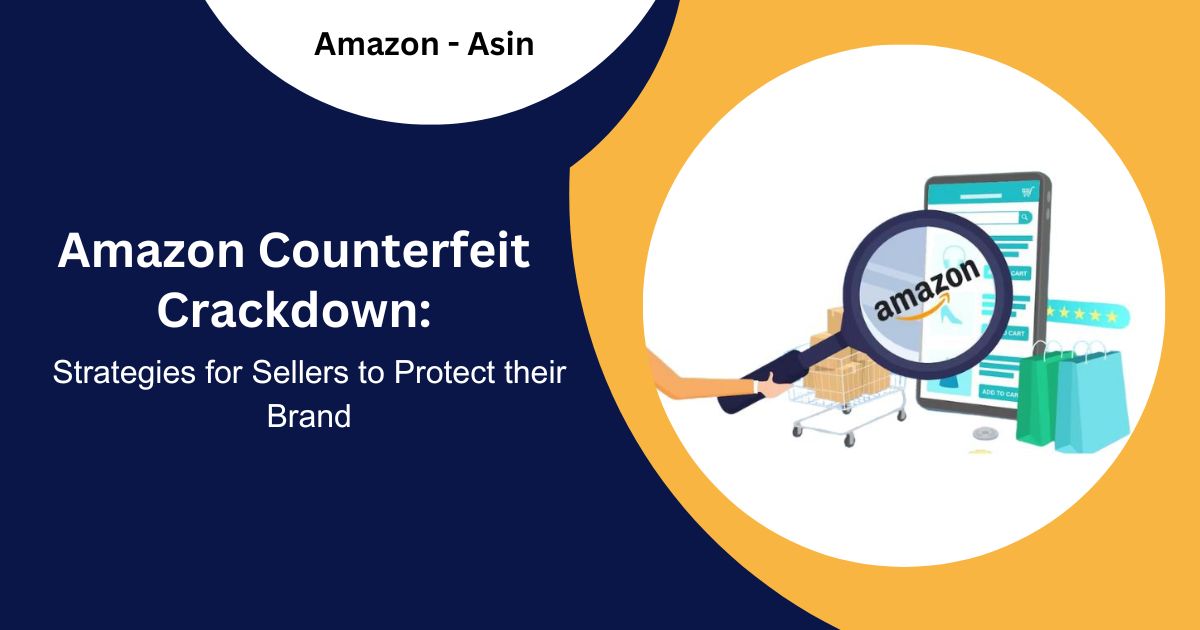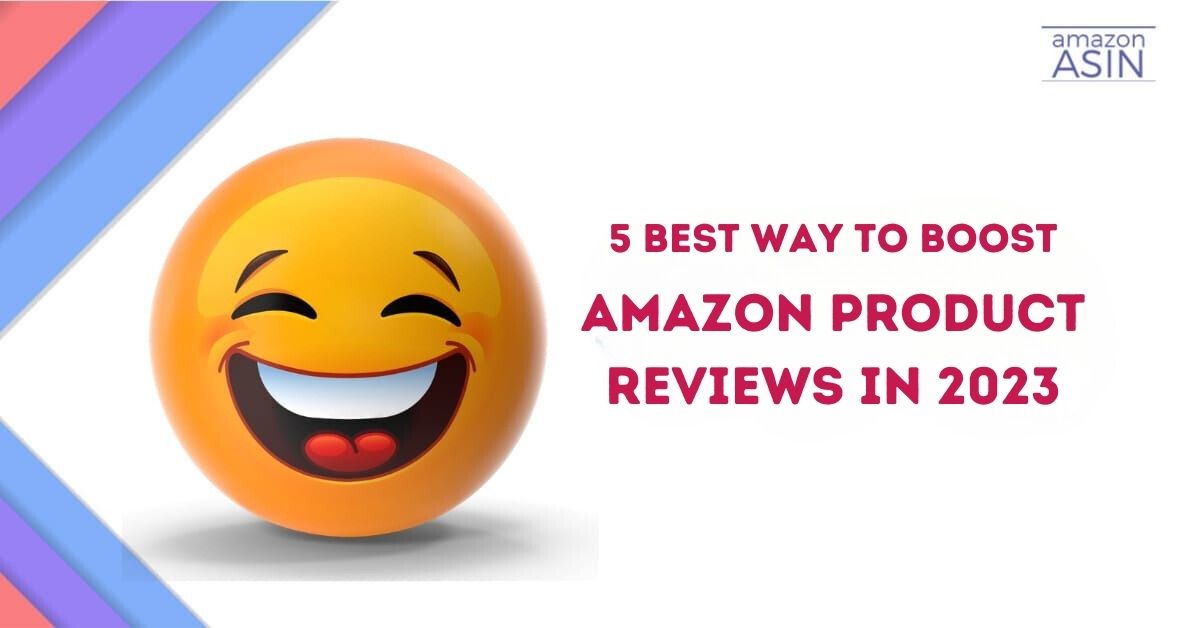As an Amazon seller, navigating the treacherous waters of counterfeit products can feel like a constant battle. The rise of fake items on the platform poses a significant threat to legitimate sellers, tarnishing their reputation and undermining consumer trust. This comprehensive guide will delve into the intricate world of combating counterfeits on Amazon, equipping you with essential strategies and tools to protect your business and brand. From identifying red flags to implementing proactive measures, we will explore the multifaceted challenges posed by counterfeit products and empower you to take decisive action to safeguard your online presence.
With the convenience of e-commerce comes the pervasive issue of fraudulent listings that plague Amazon’s marketplace. This article is not just another generic overview; it’s a strategic roadmap for sellers seeking to outmanoeuvre unscrupulous counterfeiters. We’ll peel back the layers of deception encompassing fake products on Amazon, offering actionable insights tailored specifically for sellers looking to defend their turf in this cutthroat digital arena. So buckle up as we embark on a journey through the murky world of Amazon counterfeit combat because protecting your business is not just an option; it’s imperative for survival in today’s online marketplace landscape.
Quick Guide:
- What are Amazon’s Counterfeit Products?
- What Happens if You Sell a Counterfeit Product on Amazon?
- Steps to Remove Counterfeit Listings on Amazon
- Strategies to Prevent Counterfeit Product Infiltration on Amazon
- Partnering with Authorized Distributors and Manufacturers
- The Role of Amazon’s Brand Registry in Combating Counterfeit Products
- Conclusion
What are Amazon’s Counterfeit Products?
Counterfeit products refer to unauthorized replicas of genuine items, often designed to deceive consumers by imitating the original’s appearance, packaging, or branding. These illicit replicas can span various categories, from electronics and fashion to everyday consumables.
In the intricate web of Amazon’s vast marketplace, counterfeit products have emerged as a persistent challenge. Understanding the landscape of counterfeit items is crucial for sellers seeking to maintain integrity within this expansive ecosystem.
Common Types of Counterfeit Items Found on Amazon
- Electronics and Gadgets:
- Fake smartphones, chargers, and accessories
- Counterfeit electronic gadgets with misleading specifications
- Apparel and Accessories:
- Imitation designer clothing and accessories
- Knock-off sportswear and footwear
- Health and Beauty Products:
- Counterfeit cosmetics and skincare items
- Unauthentic dietary supplements and wellness products
- Home and Kitchen Goods:
- Imitation kitchen appliances and utensils
- Replicas of home décor items and furnishings
- Media and Entertainment:
- Pirated DVDs and unauthorized streaming devices
- Fraudulent video game copies
Impact of Amazon Counterfeit Products on Consumers, Sellers, and Amazon’s Reputation
The widespread proliferation of counterfeit goods has extensive repercussions that impact various stakeholders. The accidental purchase of fake products may expose consumers to health hazards, substandard quality, or the deception of paying premium prices for inferior merchandise, undermining trust in the broader online shopping experience. Legitimate sellers are confronted with heightened competition from unscrupulous counterparts peddling counterfeit items at reduced prices, resulting in potential sales losses and reputational harm. Amazon, as a trusted marketplace, suffers damage to its reputation due to the presence of counterfeit products, compromising its commitment to customer satisfaction and authentic products and eroding the trust of both buyers and sellers in the platform.
What Happens if You Sell a Counterfeit Product on Amazon?
Selling counterfeit items on Amazon seriously violates the platform’s policies, and Amazon has implemented stringent measures to combat this issue. Let’s delve into what happens if a seller is found to be engaging in the sale of counterfeit products.
Amazon’s Policies on Counterfeit Product Sellers
Amazon has clear and robust policies in place to prevent the sale of counterfeit items. The key aspects of Amazon’s policies include:
- Prohibited Activity: Sellers are prohibited from listing, selling, or promoting counterfeit goods on Amazon.
- Intellectual Property Rights: Sellers must respect intellectual property rights, including trademarks, copyrights, and patents. Unauthorized use of brand names, logos, or product designs is strictly prohibited.
- Authenticity Guarantee: Amazon emphasizes the importance of providing accurate and truthful information about the authenticity of products. Sellers are required to source products through authorized channels.
Consequences for Sellers Caught Selling Counterfeit Items
The consequences can be severe if a seller is identified as selling counterfeit products on Amazon. Amazon employs a multifaceted approach to deal with such violations:
- Account Suspension: Amazon may suspend the seller’s account immediately upon discovering the sale of counterfeit items. This suspension is often temporary, pending a thorough investigation.
- Listing Removal: The specific listings for the counterfeit products are removed from the platform to prevent further sales.
- Investigation: Amazon investigates the alleged infringement, assessing the evidence provided by the rights owner or affected parties.
- Appeal Process: Sellers can appeal the suspension by demonstrating a commitment to rectifying the issue and ensuring future compliance with Amazon’s policies.
Spotting and Identifying Fake Counterfeit Products on Amazon
The prevalence of counterfeit products on Amazon necessitates a vigilant approach from buyers and sellers. Understanding the characteristics of counterfeit items and adopting effective strategies to distinguish them from genuine products is crucial for maintaining the integrity of the marketplace.
Characteristics of Counterfeit Products
Products of substandard quality are frequently associated with counterfeit goods, as they commonly utilize materials inferior to those found in authentic items. This often results in a discernible disparity in overall quality. Additionally, discrepancies in branding elements, such as logos, fonts, or colour schemes, may serve as red flags for counterfeit products, as replicating these details accurately can be challenging for counterfeiters. Packaging inconsistencies, such as printing, labelling, or design errors, are also indicative of counterfeit items, as genuine products typically adhere to consistent packaging standards. Authenticity features, such as holographic labels, QR codes, or unique identifiers, are commonly present in genuine products but may be missing or poorly replicated in counterfeit versions. Furthermore, unusually low prices for popular or high-end products should raise suspicion, as they can indicate counterfeit items. A deal that appears too good to be true may be just that.
How to Differentiate Authentic and Counterfeit Products
When making a purchase, verifying the seller’s credibility is crucial. This involves examining the seller’s reputation, ratings, and past transactions, with a preference for well-established and reputable sellers more likely to offer authentic products. Additionally, carefully scrutinize product descriptions for accuracy and clarity, as legitimate sellers provide comprehensive and precise information about their offerings. To further ensure authenticity, compare product images with those available on the official brand website or authorized retailers, as discrepancies may signal the presence of counterfeit goods. Another important step is to inspect the packaging for quality, checking for spelling errors and authenticity features, as genuine products maintain a consistent and high-quality appearance. For certain items, especially electronics, verifying unique serial numbers with the manufacturer is advisable to confirm the product’s authenticity. These preventive measures contribute to a secure and informed shopping experience.
Reporting Counterfeit Products to Amazon
In the ongoing battle against counterfeit products on Amazon, reporting mechanisms play a pivotal role in maintaining the integrity of the marketplace. Amazon has established robust systems to facilitate counterfeit items reporting, empowering sellers and customers to contribute to a safer and more authentic shopping environment.
Amazon’s Reporting Mechanisms for Counterfeit Items
- Report a Violation Tool: Amazon provides a “Report a Violation” tool that allows users to flag potential infringements. This tool can be accessed through the product listing or the seller’s storefront.
- Intellectual Property Complaints: Rights owners can submit complaints through Amazon’s Brand Registry or the Amazon Intellectual Property Program. This includes reporting trademark and copyright infringements.
- Contact Customer Support: Sellers and customers can contact Amazon’s customer support to report counterfeit items. Amazon takes these reports seriously and investigates each case thoroughly.
Steps to Remove Counterfeit Listings on Amazon
When you identify counterfeit listings on Amazon, taking swift action is essential to protect your intellectual property and maintain the integrity of the marketplace. Here’s a step-by-step guide to removing counterfeit listings:
Recognize the Infringed Intellectual Property (IP)
Trademark Violation:
- Verify that a registered trademark protects the product or brand in question.
- Gather relevant trademark information, including registration numbers and details.
Copyright Infringement:
- If applicable, ensure that the product design, images, or content are protected by copyright.
- Collect copyright registration information, if available.
Patent Breach:
- For patented products, confirm that the patent is valid and covers the specific product in question.
- Collect relevant patent information.
Access Amazon’s IP Infringement Report Page
Go to Amazon’s IP Infringement Report Page:

- Visit Amazon’s Report Infringement page or use the Report a Violation tool on product listings.
Indicate whether you are the IP owner or an authorized agent:

- Specify whether you are the intellectual property owner or an authorized representative. Provide your details for verification.
Choose the Specific Type of IP Infringement:

- Select the appropriate category for infringement, such as Trademark, Copyright, or Patent.
Provide Additional Details about Your Product:

- Fill out the required fields, providing specific details about your product and the nature of the infringement. Include links to the counterfeit listings.
Share Your Contact Information:

- Provide accurate and up-to-date contact information so Amazon can contact you regarding the complaint.
Await Amazon’s Response:
- Submit the report and await Amazon’s response. Amazon typically investigates reports promptly and takes necessary actions, such as removing counterfeit listings or suspending violating sellers.
Dealing with Customer Returns of Fake Products on Amazon
Encountering customer returns related to counterfeit items can be challenging for sellers on Amazon. Effectively managing these situations is crucial not only for customer satisfaction but also for maintaining the trust and reputation of your business. Here’s a guide on handling customer complaints returns, and implementing effective communication strategies:
Handling Customer Complaints and Returns Related to Counterfeit Items:
Promptly Respond to Customer Inquiries:
- Acknowledge customer complaints promptly and express your commitment to resolving the issue.
- Provide clear and concise guidance on how customers can initiate a return or report the problem.
Investigate the Issue Thoroughly:
- Conduct a thorough investigation into the customer’s complaint, ensuring you understand the nature of the issue and the reasons behind it.
Offer Apologies and Sympathy:
- Apologize sincerely for any inconvenience caused. Show empathy towards the customer’s experience and reassure them that their concerns are being taken seriously.
Refund and Replacement Procedures for Affected Customers:
Refund Process:
Offer a full refund to customers who received counterfeit items. Clearly explain the refund process, including timelines and any necessary steps they need to take.
Return Instructions:
Provide clear instructions on how customers can return the counterfeit items. Ensure the return process is straightforward and convenient for the customer.
Replacement Options:
If possible, offer affected customers a replacement of the genuine product at no additional cost. This gesture can help rebuild trust and demonstrate your commitment to customer satisfaction.
Customer Service Assistance:
Ensure your customer service team is readily available to assist customers with any questions or concerns throughout the return and resolution process.
Post-Resolution Strategies:
Implement Preventive Measures:
Take steps to prevent future occurrences of counterfeit items. Strengthen your sourcing and quality control processes to minimize the likelihood of similar issues.
Collect Customer Feedback:
Encourage customers to provide feedback on their experience and use this information to continuously improve your products and services.
Communicate Improvements:
If you make changes to prevent counterfeit issues in the future, communicate these improvements to your customers. Transparency about your commitment to product authenticity can help rebuild trust.
Strategies to Prevent Counterfeit Product Infiltration on Amazon
The battle against counterfeit products requires proactive strategies to safeguard your brand and the integrity of Amazon’s marketplace. Employing a combination of measures helps create a secure and trustworthy environment for sellers and customers.
Implementing Robust Quality Control Measures:
Thorough Supplier Vetting:
Conduct thorough due diligence when selecting suppliers. Verify their authenticity, reputation, and adherence to quality standards.
Regular Quality Inspections:
Implement regular inspections of your products to ensure they meet established quality standards. This includes checking for authenticity features.
Unique Packaging and Identifiers:
Utilize unique packaging, labels, or identifiers that are challenging for counterfeiters to replicate. These features not only enhance brand recognition but also serve as anti-counterfeiting measures.
Partnering with Authorized Distributors and Manufacturers:
Establish Direct Relationships:
Build direct relationships with authorized distributors and manufacturers. This minimizes the risk of unauthorized channels introducing counterfeit products into the supply chain.
Require Supply Chain Transparency:
Demand transparency from your suppliers regarding their sourcing and distribution practices. A clear and transparent supply chain reduces the likelihood of counterfeit infiltration.
Exclusive Distribution Agreements:
Consider exclusive distribution agreements with trusted partners to control the distribution channels and reduce the chances of counterfeit products entering the market.
The Role of Amazon’s Brand Registry in Combating Counterfeit Products:
Amazon’s Brand Registry is a comprehensive program designed to help brand owners protect their intellectual property and combat counterfeits on the platform. It provides brand owners with tools and resources to assert control over their listings and products.
Brand owners enjoy a range of advantages and features through the Brand Registry. One notable feature is the Global Search and Report functionality, which facilitates the global identification and resolution of potential infringements, simplifying the process for brand owners. The program also offers robust search and reporting tools that empower brand owners to swiftly identify and report suspected counterfeit listings. Additionally, the Brand Registry provides brand-specific pages, giving owners the tools to craft and personalize pages that showcase their products and strengthen their brand identity.
How Brand Registry Enhances Protection Against Counterfeit Products:
Early Detection and Removal:
Brand Registry facilitates early detection and removal of counterfeit listings, minimizing the impact on your brand and customers.
Streamlined Reporting Process:
The program streamlines the reporting process, making it easier and more efficient for brand owners to report and address potential infringements.
Access to Advanced Tools:
Brand owners can access advanced tools and resources to actively monitor and protect their brand, enhancing their ability to combat counterfeits.
Conclusion:
In conclusion, combating counterfeits on Amazon requires sellers to be proactive and diligent in monitoring their listings, enforcing brand protection policies, and partnering with Amazon’s Brand Registry program. By investing in anti-counterfeit measures such as product serialization, authentication technologies, and legal recourse, sellers can protect their brands and customers from the harmful effects of counterfeit goods. Additionally, cultivating strong relationships with customers and providing exceptional customer service can help build trust and loyalty that deters counterfeit purchases. Ultimately, by staying vigilant and taking proactive steps to combat counterfeits, sellers can uphold the integrity of their brands and ensure a positive shopping experience for consumers. Take action today to safeguard your brand from counterfeits and protect your customers’ trust.




